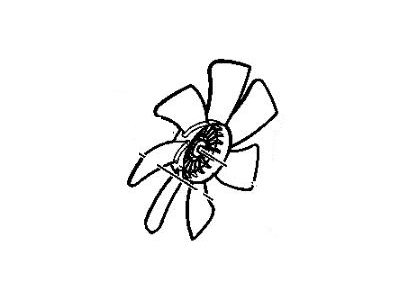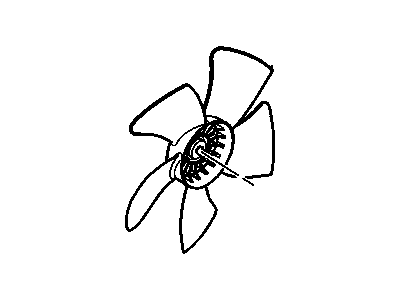My Garage
My Account
Cart
Genuine Cadillac DTS Radiator fan
Radiator Cooling Fan- Select Vehicle by Model
- Select Vehicle by VIN
Select Vehicle by Model
orMake
Model
Year
Select Vehicle by VIN
For the most accurate results, select vehicle by your VIN (Vehicle Identification Number).
4 Radiator fans found
Cadillac DTS Blade Assembly, Engine Coolant Fan
Part Number: 21999768$27.57 MSRP: $52.02You Save: $24.45 (47%)Ships in 1-2 Business DaysCadillac DTS Blade,Engine Cooling Fan
Part Number: 21999769$27.76 MSRP: $52.38You Save: $24.62 (47%)Ships in 1-2 Business DaysCadillac DTS Blade Assembly, Engine Coolant Fan
Part Number: 21999692$26.62 MSRP: $50.21You Save: $23.59 (47%)Ships in 1-2 Business DaysCadillac DTS Blade Assembly, Engine Coolant Fan
Part Number: 21999693$27.92 MSRP: $50.76You Save: $22.84 (45%)Ships in 1-2 Business Days
Cadillac DTS Radiator fan
The Radiator Fan is necessary in Cadillac DTS cars because it contributes to the regulation of the appropriate temperature of the engine by circulating fresh air in the radiator. This assembly can be categorized as mechanical or electric assembly usually comprising of a fan blade, a mounting shroud and a motor. Mechanical fans are a belt-driven from the water pump shafts while the electric fan is controlled by the 12V motor depending on the coolant temperature and air conditioner settings. The fan assembly that is also present guarantees adequate flows of air so as to enhance cooling in order to eliminate instances of high temperatures affecting the engine's efficiency. In general, the Radiator Fan Assembly is fundamental for Cadillac DTS, because it controls the temperature of the coolant, contributing thus to a proper functioning of the car.
Each OEM Cadillac DTS Radiator fan we offer is competitively priced and comes with the assurance of the manufacturer's warranty for the part. Furthermore, we guarantee the speedy delivery of your orders right to your doorstep. Our hassle-free return policy is also in place for your peace of mind.
Cadillac DTS Radiator fan Parts Questions & Experts Answers
- Q: How to diagnose and fix an overheating engine with a non-functioning cooling fan on Cadillac DTS?A: If the engine is overheating and the cooling fan is not coming on when the engine temperature rises, there are several steps to diagnose and potentially fix the issue. First, unplug the fan motor electrical connector and connect the motor directly to the battery with fused jumper wires. If the fan motor does not come on, it will need to be replaced. If the motor is okay, the problem may lie with one of the fan relays. There are three cooling fan relays that can be checked and replaced if necessary. If the relays are not the issue, the wiring and connections to the fan motor should be inspected. If no problems are found, the engine coolant temperature sensor or the Powertrain Control Module (PCM) may be the cause and should be diagnosed with proper equipment. To replace the cooling fan, the negative terminal of the battery should be disconnected and the vehicle securely supported. The lower splash pan, Radiator support cover, air filter housing, and torque strut (if equipped) should be removed. The coolant should be drained and the upper radiator hose and upper transaxle oil cooler line should be disconnected. If there is an oil cooler, the retaining bolt should be removed and the oil cooler lines disconnected. The fan electrical connectors and wiring harness should be disconnected, and the fan(s) lower mounting bolts should be removed. The fan(s) can then be unbolted from the radiator and carefully lifted out of the engine compartment. To detach the fan from the motor, the motor shaft nut should be removed, and to detach the fan motor from the shroud, the mounting bolts should be removed. Installation is the reverse of removal, and the cooling system should be refilled, the engine run, and checked for leaks and proper operation.
















